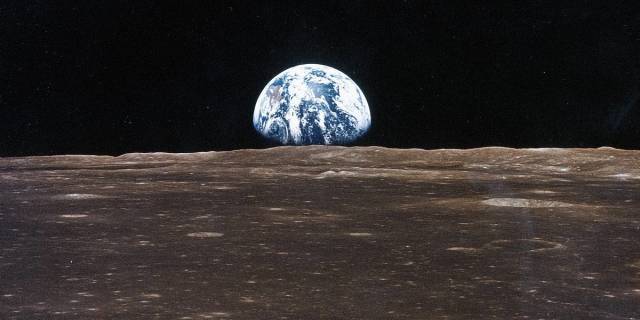The best of the 39 options, the scientists recognized a single-stage module on liquid oxygen and liquid hydrogen
TASS, March 15. Scientists from Russia and the United States have chosen the best version of the module for delivering astronauts from the orbiting lunar station to the surface of the Earth's satellite and back. An article describing their work was published by the scientific journal Acta Astronautica, the press service of the Skolkovo Institute of Science and Technology writes briefly about this.
In 2017, the United States launched the" heir " to Apollo-the Artemis program, according to which an astronaut and an astronaut should land at the south pole of the Moon by 2024. NASA specialists plan to place a new lunar orbital station Lunar Gateway in the satellite's orbit. Astronauts will have to first land on this station, and from there fly to the surface of the Moon on reusable modules.
Several private companies are currently working on such modules. Researchers from the Massachusetts Institute of Technology and the Skolkovo Institute of Science and Technology decided to find out which of the module options is most optimal for flights from orbit to the surface of the Moon and back.
They analyzed 39 options for the future system of landing a man on the Moon in different parameters. First, the researchers determined a basic set of architectural solutions, including the number of stages and the type of fuel for each stage of the lander, and the data obtained were summarized in the form of mathematical models. The" undisputed " leader, taking into account all the conventions, scientists considered a reusable single-stage module on liquid oxygen and liquid hydrogen.
According to one of the authors of the work, a student of the Skolkovo Institute of Science and Technology, Kir Latyshev, if we consider disposable devices, even if there is an orbital station, it is possible to create a two-stage lander with a lower mass of the device and fuel and lower costs. A similar module was used in the Apollo program to land astronauts on the moon in 1972. Back then, the lunar module consisted of a landing and take-off stage, which took two astronauts to the Moon and back to the ship, leaving the landing stage on the Moon.
"However, using reusable modules changes everything. Although one-and three-stage vehicles are still superior to two-stage vehicles in mass, they allow you to reuse most of their mass (approximately 70-100%, and not 60%, as in the case of two-stage modules), while saving costs for the production and delivery of new vehicles to the orbital station, which leads to a cheaper lunar program as a whole," Latyshev said.

